The following contains excerpts from "Lives of the Most Eminent Painter, Sculptors and Architects, Vol. 4" by Giorgio Vasari, originally published in 1550:
The greatest gifts are often seen, in the course of nature, rained by celestial influences on human creatures; and sometimes, in supernatural fashion, beauty, grace, and talent are united beyond measure in one single person, in a manner that to whatever such an one turns his attention, his every action is so divine, that, surpassing all other men, it makes itself clearly known as a thing bestowed by God (as it is), and not acquired by human art. This was seen by all mankind in Leonardo da Vinci, in whom, besides a beauty of body never sufficiently extolled, there was an infinite grace in all his actions; and so great was his genius, and such its growth, that to whatever difficulties he turned his mind, he solved them with ease. In him was great bodily strength, joined to dexterity, with a spirit and courage ever royal and magnanimous; and the fame of his name so increased, that not only in his lifetime was he held in esteem, but his reputation became even greater among posterity after his death.
Truly marvellous and celestial was Leonardo, the son of Ser Piero da Vinci; and in learning and in the rudiments of letters he would have made great proficience, if he had not been so variable and unstable, for he set himself to learn many things, and then, after having begun them, abandoned them. Thus, in arithmetic, during the few months that he studied it, he made so much progress, that, by continually suggesting doubts and difficulties to the master who was teaching him, he would very often bewilder him. He gave some little attention to music, and quickly resolved to learn to play the lyre, as one who had by nature a spirit most lofty and full of refinement: wherefore he sang divinely to that instrument, improvising upon it. Nevertheless, although he occupied himself with such a variety of things, he never ceased drawing and working in relief, pursuits which suited his fancy more than any other. Ser Piero, having observed this, and having considered the loftiness of his intellect, one day took some of his drawings and carried them to Andrea del Verrocchio, who was much his friend, and besought him straitly to tell him whether Leonardo, by devoting himself to drawing, would make any proficience. Andrea was astonished to see the extraordinary beginnings of Leonardo, and urged Ser Piero that he should make him study it; wherefore he arranged with Leonardo that he should enter the workshop of Andrea, which Leonardo did with the greatest willingness in the world. And he practised not one branch of art only, but all those in which drawing played a part; and having an intellect so divine and marvellous that he was also an excellent geometrician, he not only worked in sculpture, making in his youth, in clay, some heads of women that are smiling, of which plaster casts are still taken, and likewise some heads of boys which appeared to have issued from the hand of a master; but in architecture, also, he made many drawings both of ground-plans and of other designs of buildings; and he was the first, although but a youth, who suggested the plan of reducing the river Arno to a navigable canal from Pisa to Florence. He made designs of flour-mills, fulling-mills, and engines, which might be driven by the force of water: and since he wished that his profession should be painting, he studied much in drawing after nature, and sometimes in making models of figures in clay, over which he would lay soft pieces of cloth dipped in clay, and then set himself patiently to draw them on a certain kind of very fine Rheims cloth, or prepared linen: and he executed them in black and white with the point of his brush, so that it was a marvel, as some of them by his hand, which I have in our book of drawings, still bear witness; besides which, he drew on paper with such diligence and so well, that there is [Pg 91]no one who has ever equalled him in perfection of finish; and I have one, a head drawn with the style in chiaroscuro, which is divine.
And there was infused in that brain such grace from God, and a power of expression in such sublime accord with the intellect and memory that served it, and he knew so well how to express his conceptions by draughtsmanship, that he vanquished with his discourse, and confuted with his reasoning, every valiant wit. And he was continually making models and designs to show men how to remove mountains with ease, and how to bore them in order to pass from one level to another; and by means of levers, windlasses, and screws, he showed the way to raise and draw great weights, together with methods for emptying harbours, and pumps for removing water from low places, things which his brain never ceased from devising; and of these ideas and labours many drawings may be seen, scattered abroad among our craftsmen; and I myself have seen not a few. He even went so far as to waste his time in drawing knots of cords, made according to an order, that from one end all the rest might follow till the other, so as to fill a round; and one of these is to be seen in stamp, most difficult and beautiful, and in the middle of it are these words, "Leonardus Vinci Accademia." And among these models and designs, there was one by which he often demonstrated to many ingenious citizens, who were then governing Florence, how he proposed to raise the Temple of S. Giovanni in Florence, and place steps under it, without damaging the building; and with such strong reasons did he urge this, that it appeared possible, although each man, after he had departed, would recognize for himself the impossibility of so vast an undertaking.
He was so pleasing in conversation, that he attracted to himself the hearts of men. And although he possessed, one might say, nothing, and worked little, he always kept servants and horses, in which latter he took much delight, and particularly in all other animals, which he managed with the greatest love and patience; and this he showed when often passing by the places where birds were sold, for, taking them with his own hand out of their cages, and having paid to those who sold them the price that was asked, he let them fly away into the air, restoring to [Pg 92]them their lost liberty. For which reason nature was pleased so to favour him, that, wherever he turned his thought, brain, and mind, he displayed such divine power in his works, that, in giving them their perfection, no one was ever his peer in readiness, vivacity, excellence, beauty, and grace.
It is clear that Leonardo, through his comprehension of art, began many things and never finished one of them, since it seemed to him that the hand was not able to attain to the perfection of art in carrying out the things which he imagined; for the reason that he conceived in idea difficulties so subtle and so marvellous, that they could never be expressed by the hands, be they ever so excellent. And so many were his caprices, that, philosophizing of natural things, he set himself to seek out the properties of herbs, going on even to observe the motions of the heavens, the path of the moon, and the courses of the sun...
...There was very great disdain between Michelagnolo Buonarroti and him, on account of which Michelagnolo departed from Florence, with the excuse of Duke Giuliano, having been summoned by the Pope to the competition for the façade of S. Lorenzo. Leonardo, understanding this, departed and went into France, where the King, having had works by his hand, bore him great affection; and he desired that he should colour the cartoon of S. Anne, but Leonardo, according to his custom, put him off for a long time with words.
Finally, having grown old, he remained ill many months, and, feeling himself near to death, asked to have himself diligently informed of the teaching of the Catholic faith, and of the good way and holy Christian religion; and then, with many moans, he confessed and was penitent; and although he could not raise himself well on his feet, supporting himself on the arms of his friends and servants, he was pleased to take devoutly the most holy Sacrament, out of his bed. The King, who was wont often and lovingly to visit him, then came into the room; wherefore he, out of reverence, having raised himself to sit upon the bed, giving him an account of his sickness and the circumstances of it, showed withal how much he had offended God and mankind in not having worked at his art as he should have done. Thereupon he was seized by a paroxysm, the messenger of death; for which reason the King having risen and having taken his head, in order to assist him and show him favour, to the end that he might alleviate his pain, his spirit, which was divine, knowing that it could not have any greater honour, expired in the arms of the King, in the seventy-fifth year of his age.









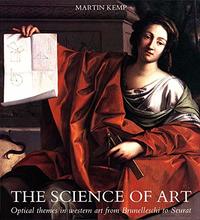
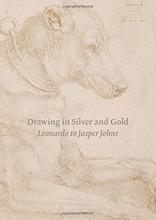
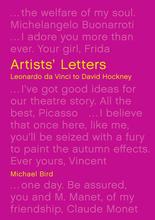








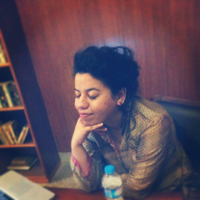
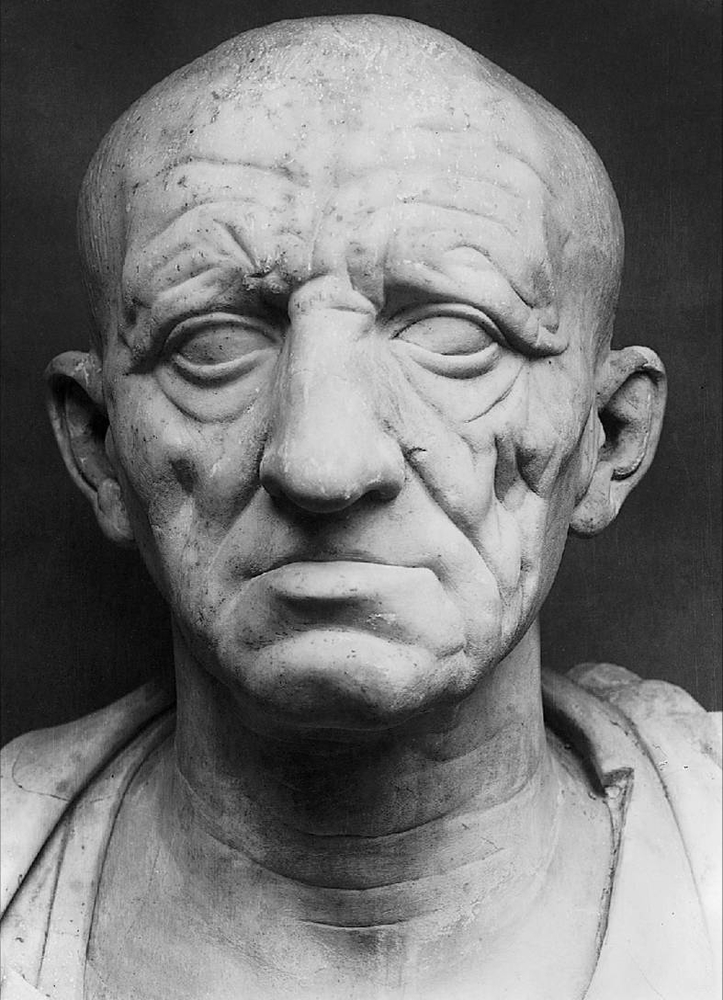












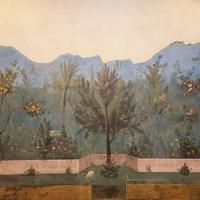


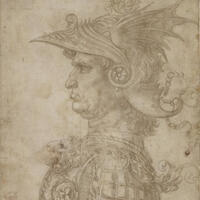
I really think that Leonardo Da Vinci has such a good style. All of his paintings and artwork are so realistic and dreamy to me. He paints with such a real look, and all of his work leaves you with many questions you need answers too. Da Vinci has been said to have been a real procrastinator, so it amazes me how many wonderful paintings there are out on display.